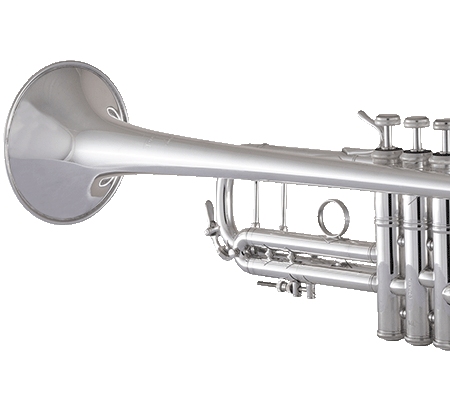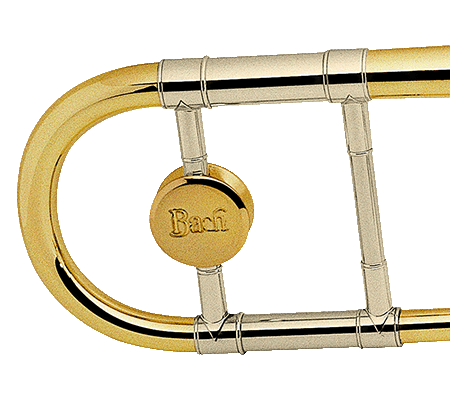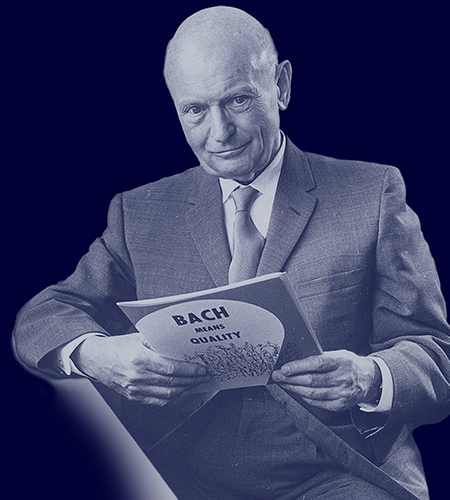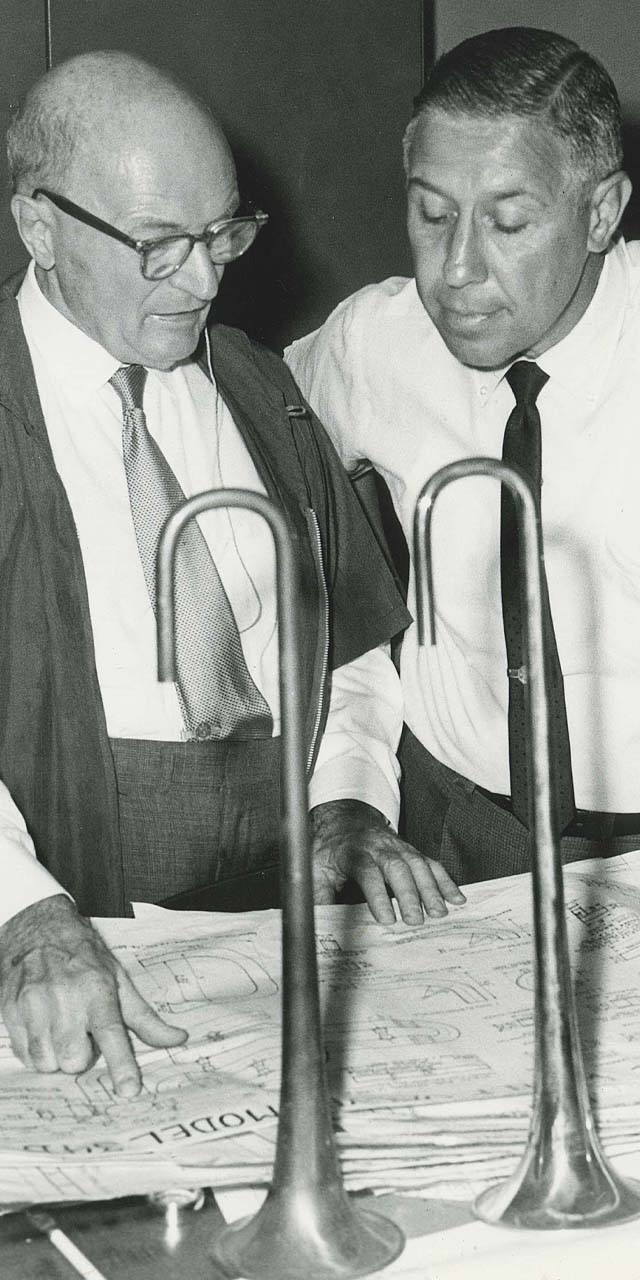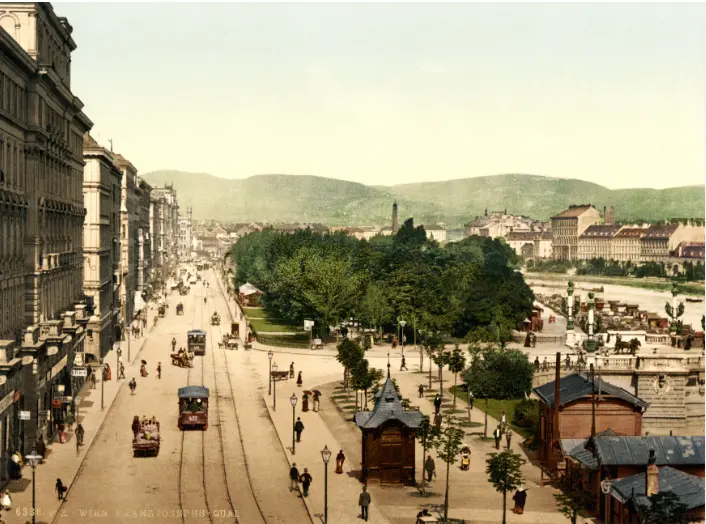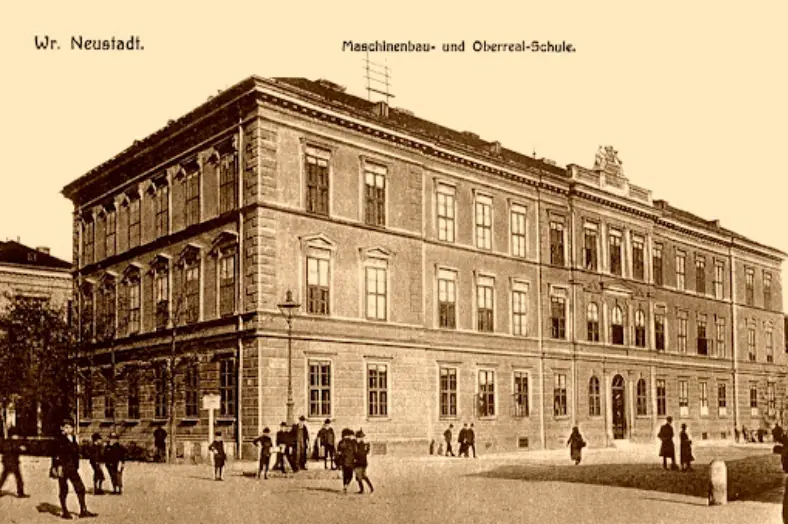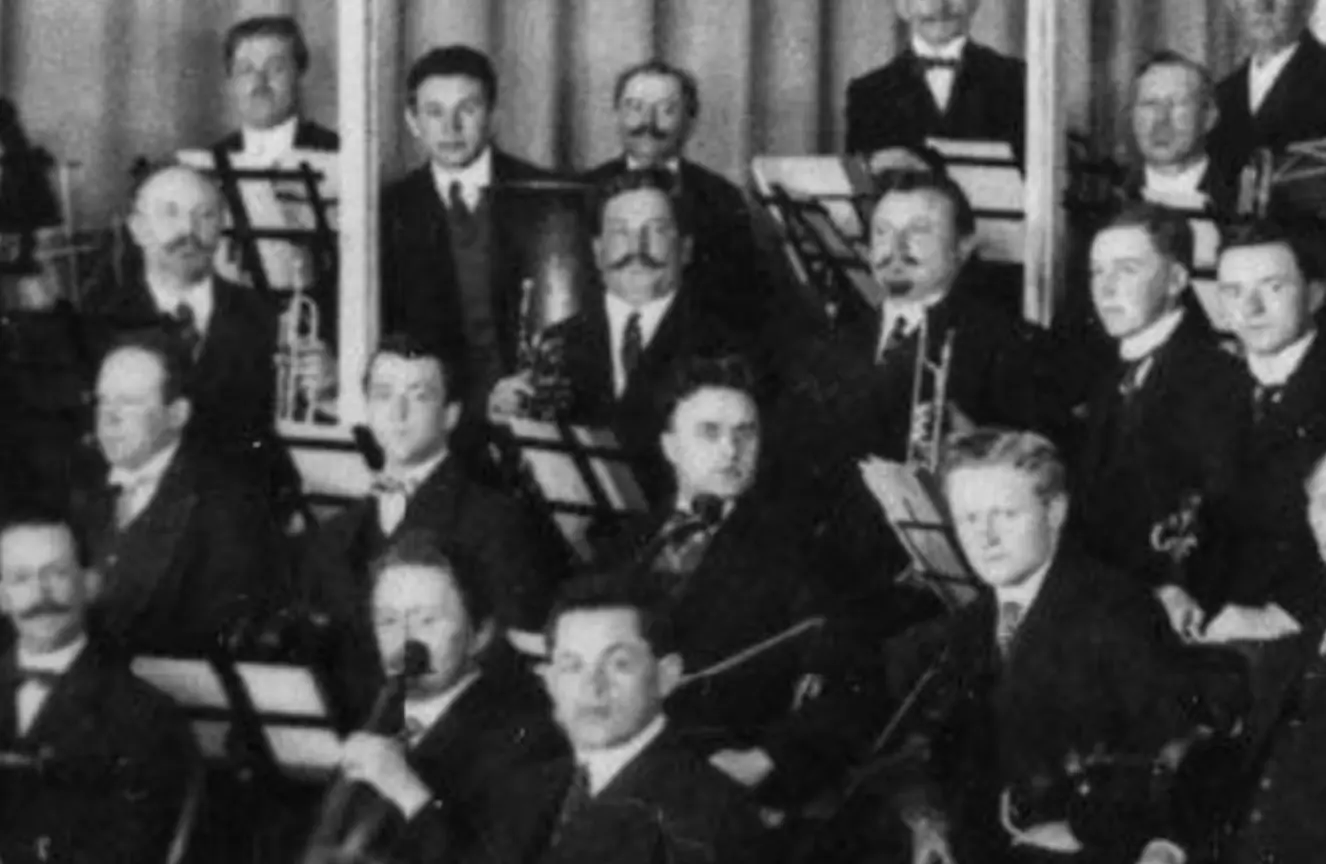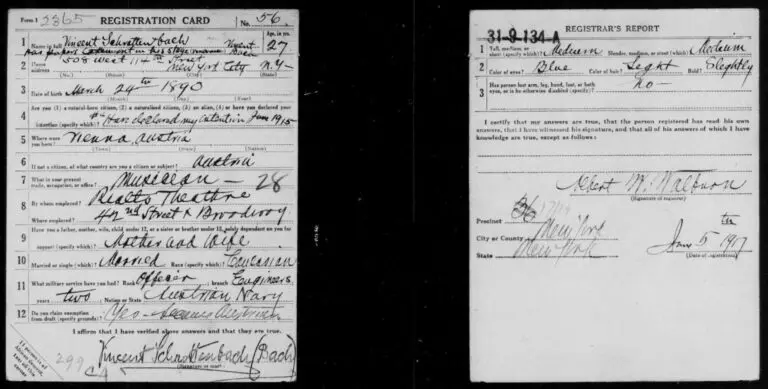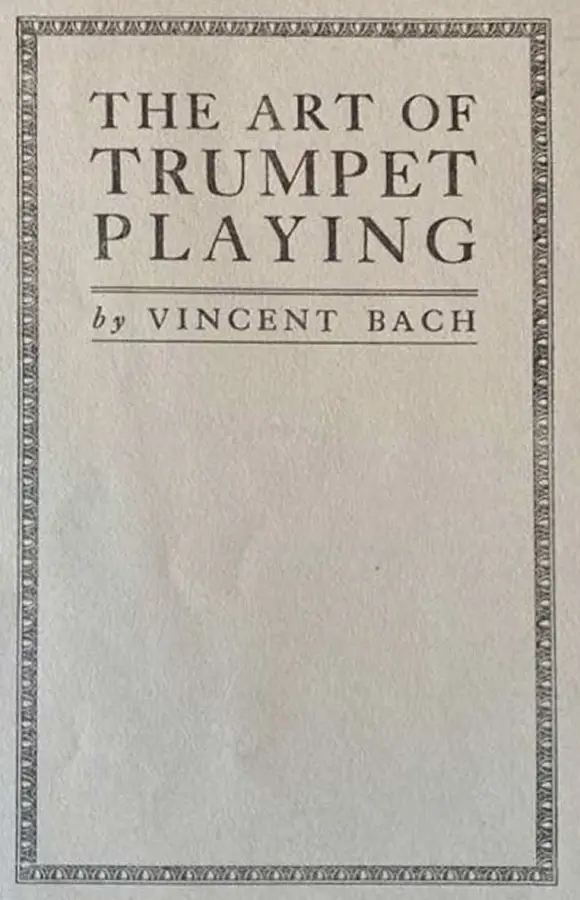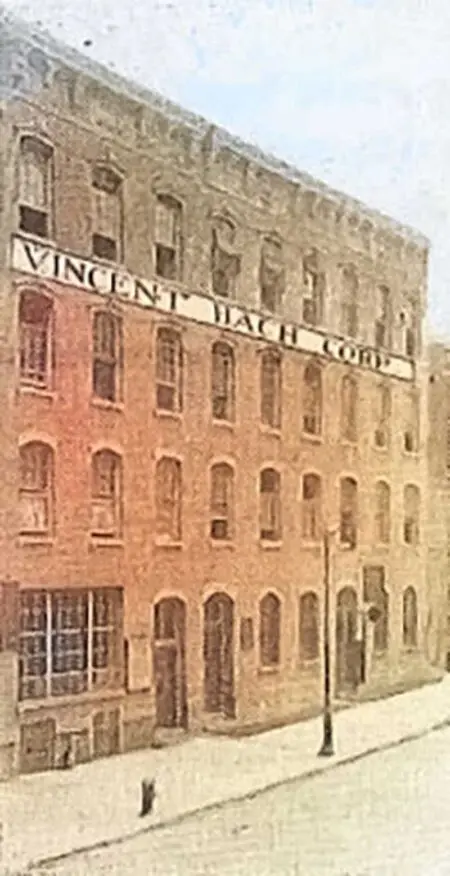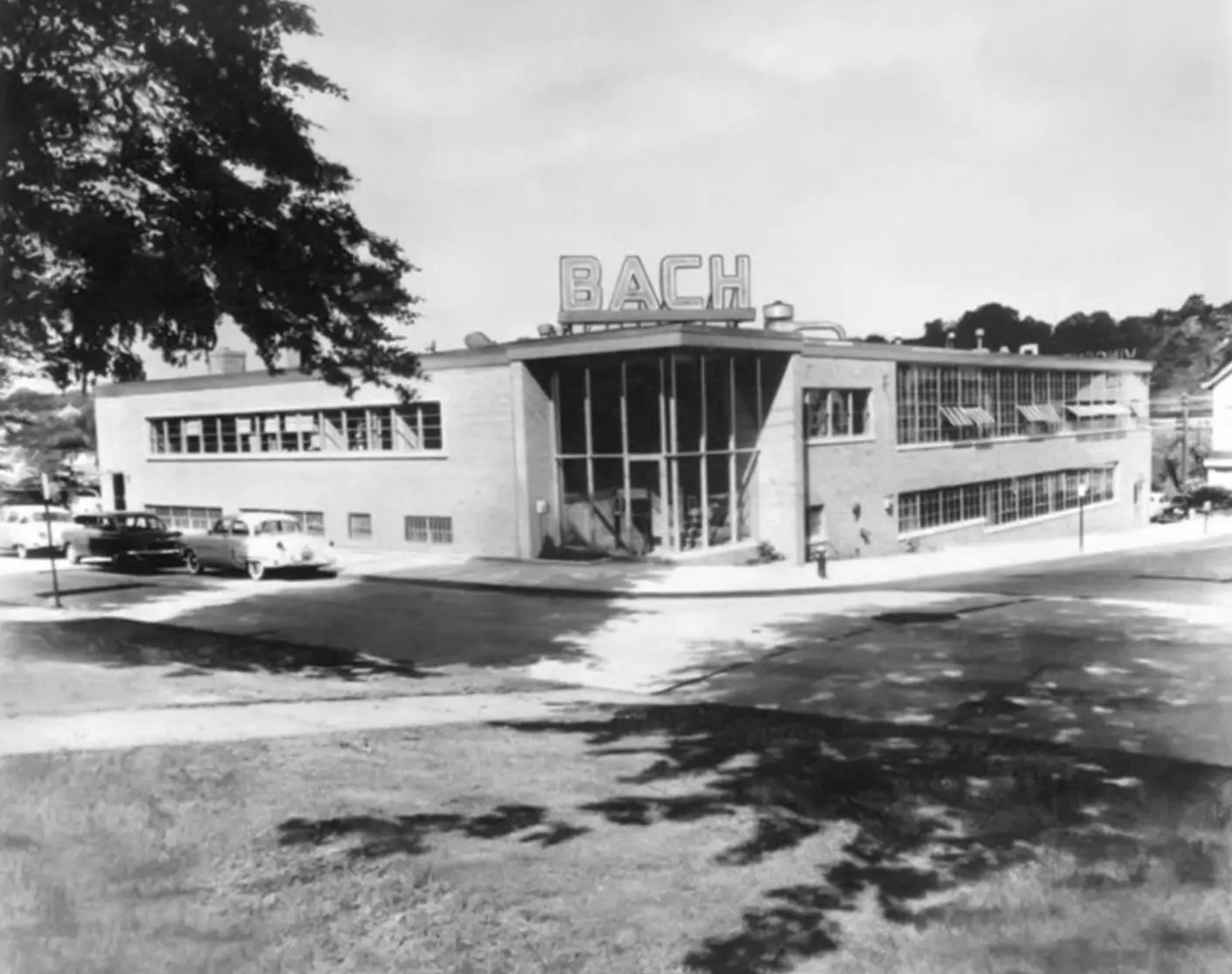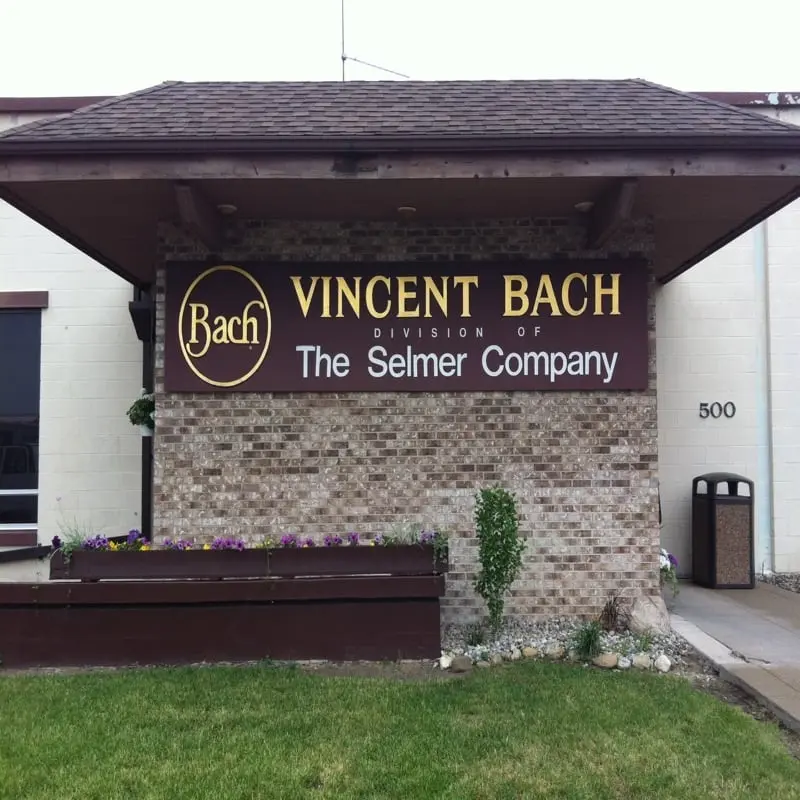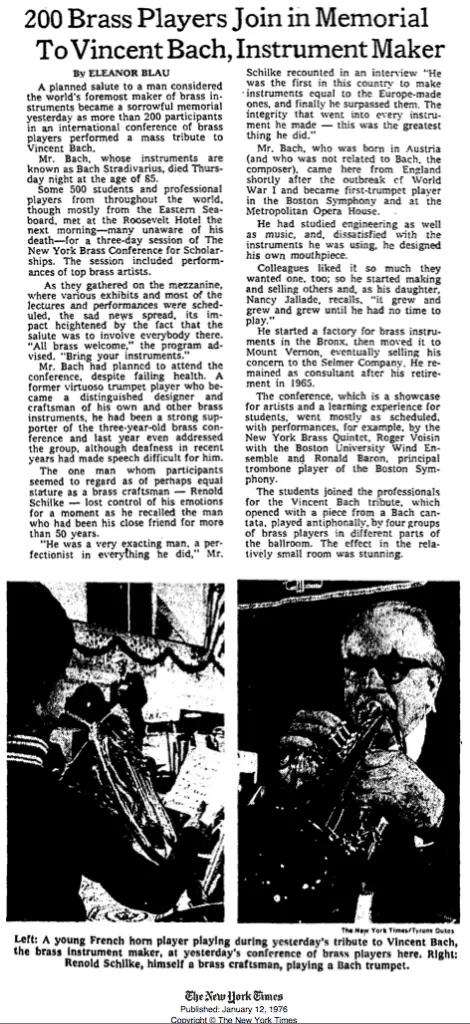1905-1911
Vincenz Schrottenbach Studies Engineering
At age 15, he acquired a rotary trumpet by saving lunch money, donations from a few family members, and bartering a gold scarf pin.
Vincent Bach studied engineering at the Maschinenbauschule, a mechanical engineering school in Vienna, Austria. While in school, he studied physics, acoustics, chemistry, machine design, mechanics, and mechanical drawing. He began his studies in engineering due to his family's encouragement, although his passion for music eventually led him to pursue a career as a musician and instrument maker instead.
Vincent graduated in July 1910 and registered for mandatory military service in the Austrian Navy.
